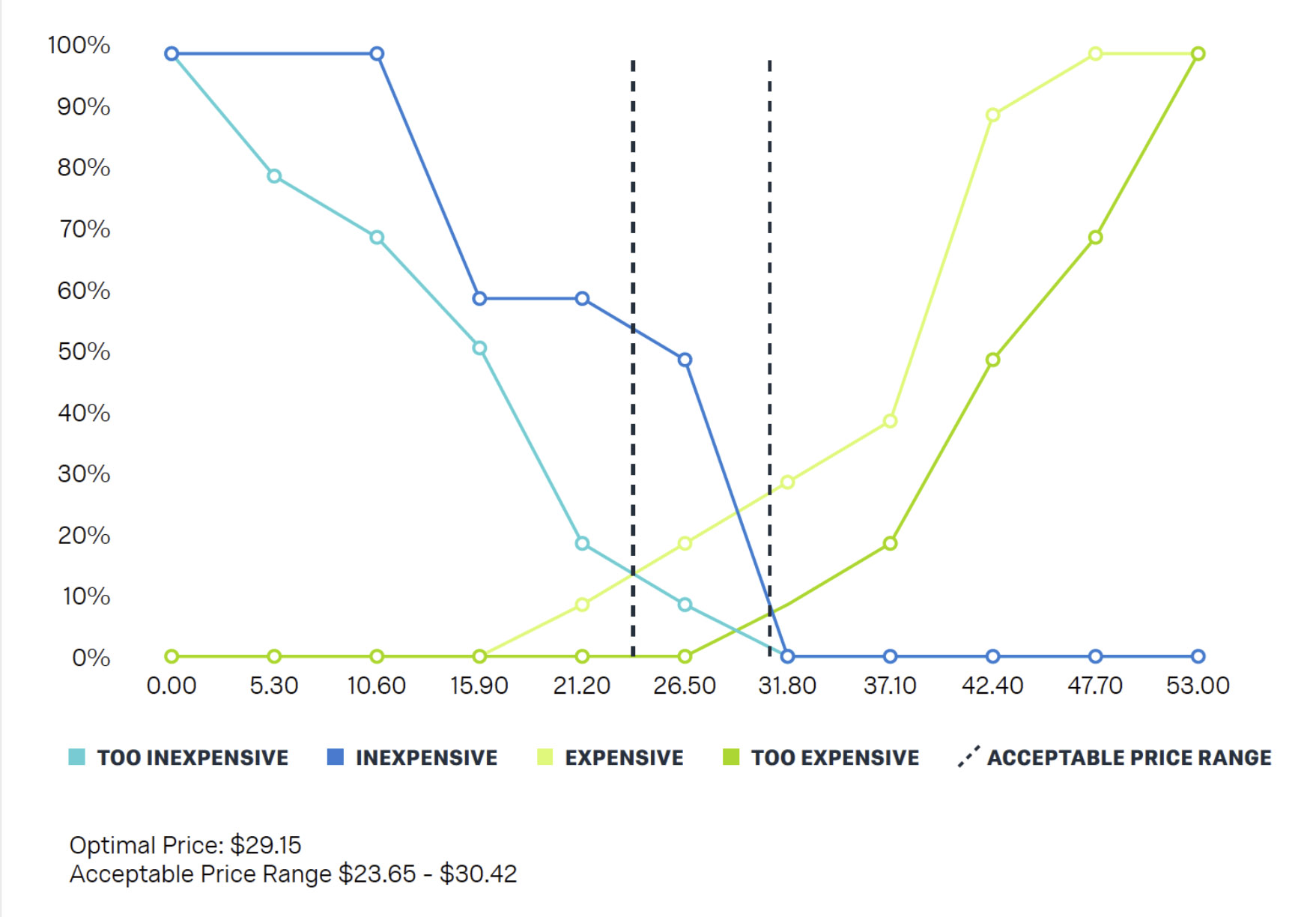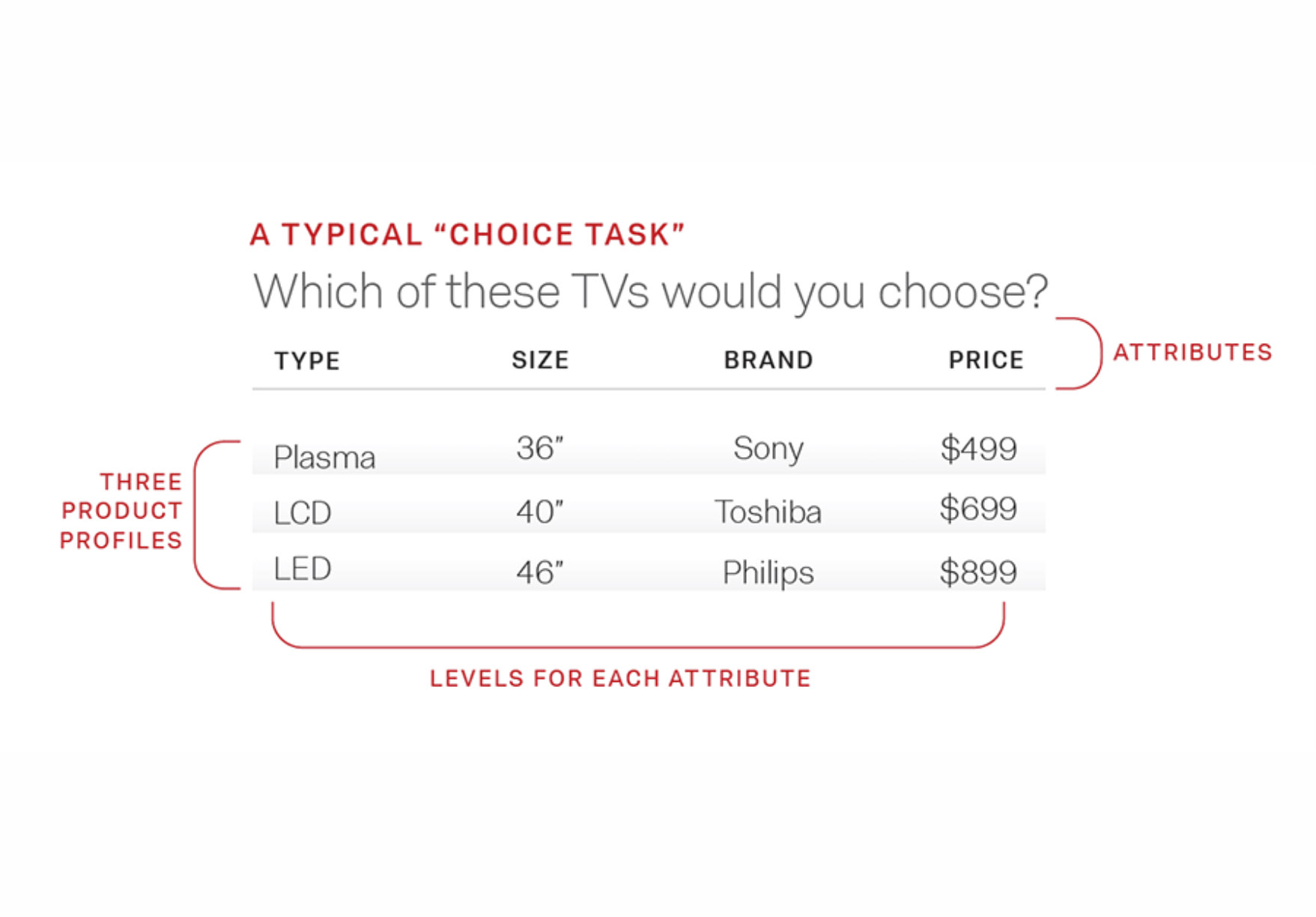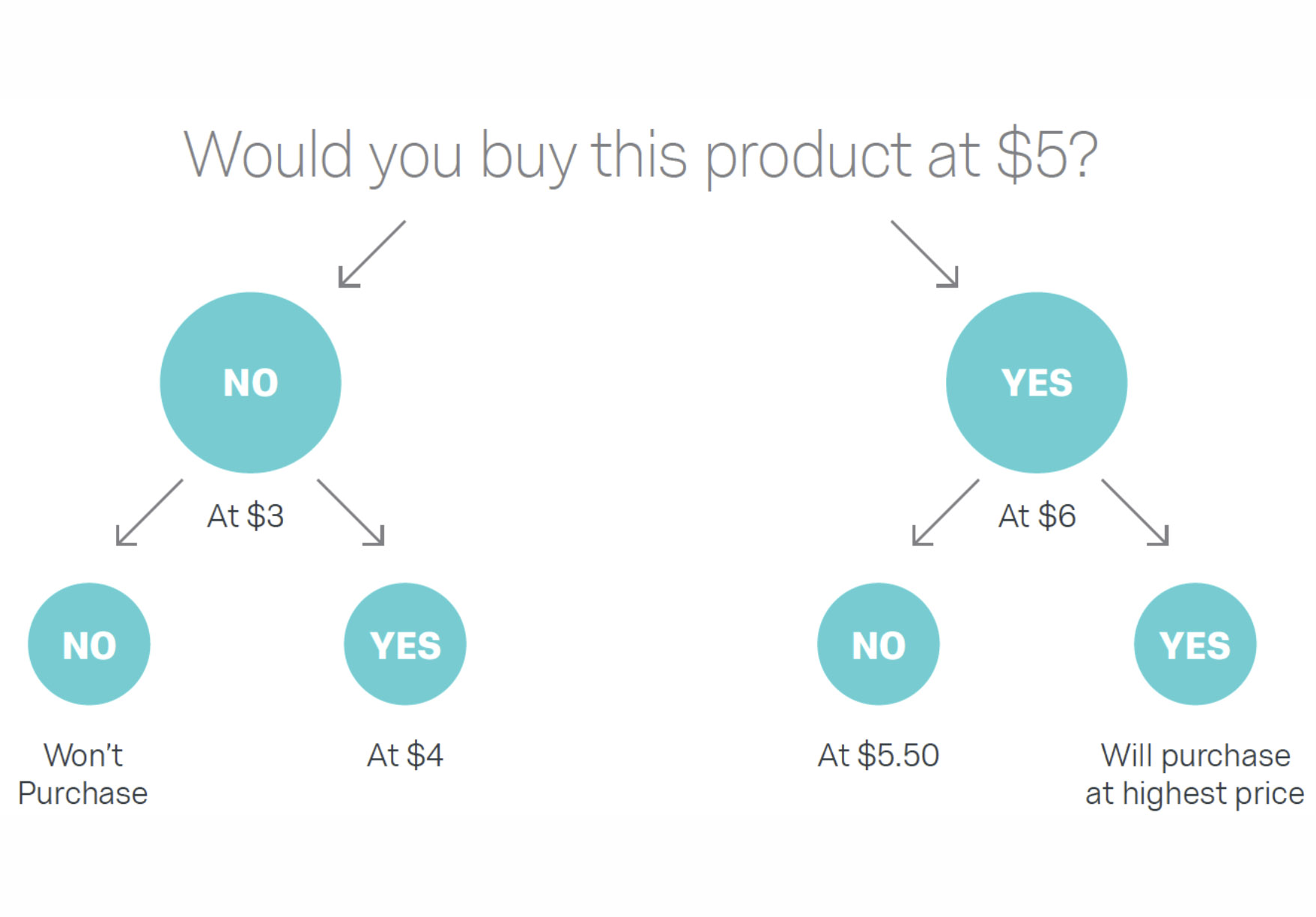- Report Store AgricultureFarm equipment, agritech & crop analysisAnimal HealthVeterinary care & pet industry insightsBFSIBanking, insurance & fintech trendsDefense and SecurityMilitary tech & cybersecurity analysisOil and GasEnergy markets & resource explorationHealthcareMedical innovations & health servicesMedia & EntertainmentDigital media & content industry trendsAutomotive and Automotive ComponentsVehicle tech & mobility solutionsLogistics and ShippingSupply chain & transportation insightsRetail and Consumer GoodsConsumer trends & retail innovationEducation and TechnologyEdTech & learning solutions analysisFood and BeverageF&B market & consumption patternsManufacturing and ConstructionIndustrial tech & building innovationsChemicals and MiningChemical processes & resource extractionTechnology, Media and TelecomTech convergence & digital transformationView All Reports
Explore Industry Reports
Comprehensive market research across all sectors
- Consulting Procurement ResearchStrategic sourcing & supplier analysisPricing AnalysisData-driven pricing strategies & insightsGo To Market StrategyMarket entry & expansion planningCompetition BenchmarkingCompetitive analysis & positioningFundraising Activities and IPO ResearchIPO research & financial advisoryState & District IndicesRegional economic performance metricsIndustry Outlook ResearchSector analysis & future trendsContact Us
Need Consulting Services?
Get expert insights and strategic guidance
- Survey Contact Us
Need Custom Survey Solutions?
Get tailored research insights for your business
- About Us



